About the museum
Hamptonne Country Life Museum gives the visitor a unique insight into the rural life carried on in Jersey for centuries. Dating back to the 15th Century the house and farm are perfect for discovering the rural history of Jersey. Explore the different houses which make up Hamptonne, find out more about Jersey’s history of cider making in the cider barn and wander through the cider apple orchard and meet the Hamptonne calves, lambs, chickens and piglets in the traditional farmstead.

The Hamptonne name
The Hamptonne farm complex takes its name from Laurens Hamptonne, who purchased it in 1633. The property is also known as ‘La Patente’, as is the name of one of the roads that passes it, after the Grants by Letters Patent received by its owner Richard Langlois in 1445, and by King Charles II to Laurens Hamptonne in 1649.

Hamptonne’s support of the struggling and exiled King Charles II resulted in 2 grants – One preserved the integrity of the property in perpetuity – it could not be broken up into parts (partages) and split among family members, but would be inherited by the eldest child. Another permitted Hamptonne to rebuild the ruined Colombier (dovecote) originally granted to Richard Langlois. In normal circumstances, such buildings could only be built by Jersey Seigneurs (Lords or holders of a fief.). The Colombier is located to the south-east, slightly beyond the current boundaries of the Museum. This may not have been a source of local popularity for Hamptonne.
The houses and courtyards of Hamptonne
The Hamptonne site’s shape is square. It has many different buildings and houses constructed in different periods. The farm has medieval origins, but as the centuries have continued, owners have made improvements of the living quarters. The main buildings are therefore named after the Langlois, Hamptonne and Syvret families, who lived here between 15th and 19th centuries.
When you exit the shop, you enter the North Courtyard along the side of which runs the Northern Range – a row of 19th century farm buildings constructed to meet the specifications of the agriculture industry, its vehicles and horses. It include a Labourers Cottage, Coach House, Bake House & Laundry, and Stables. Facing the Stables is a glazed barn in which important farming devices and implements are displayed. There is a walled vegetable and herb garden to the east, beyond which is the Hamptonne Playground and Cider Apple Orchard.
Further on, to the south there is Langlois House. This building is comprised of a barn, with cows, and stables on the lower level. Above the animal barn there is a parlour and also a bedroom. In the south west corner there’s an arched stone gateway that allows access to the road.

To the west is the Cider making house or ‘presser’ with a granite apple press and crusher. This is where cider is made every October, a key part of Hamptonne’s heritage. To the south end of this row is Syvret house. This house is presented as the home of a tenant farmer in 1948, with many interactive stories in certain areas of the house. It consists of a kitchen, parlour, two bedrooms, and a small cabinet.
Cider Apple Orchard
To the east of the farm buildings is the orchard. Within this orchard there are many cider apple trees, which are renowned for their sweet, bitter and sharp flavours to use within cider making. There is then footpath that guides you through the orchard, towards a small wooded area. Within the farm’s fully working era, the wooded area would have provided an important resource for collecting wood. This would have been crucial for fuel as well as building materials, as well as wildlife. The path then continues to the grazing meadow, where sheep or cows often reside. Every year, there is a cider festival at Hamptonne farm, remembering the ancient way of making the drink, with Jersey’s heritage at its heart.

The Goodwyf and other characters
The goodwyf, during the 16th century, was the housekeeper of Hamptonne house. She looked after the house of her master, Monsieur Laurens Hamptonne. duties included cleaning, cooking, and tending to the fire. She makes soap, herbal remedies and makeup and candles.She was very respectful of her employer, as he was a well educated and respected man. She is captured in pictures with a sullen facial expression as in the era of her employment women posed for hours in neutral facial expressions.
Furthermore, the characters of two ladies working on the spinning wheel and loom recreate the ancient art of spinning wool on a loom. They speak about Jersey’s involvement with the exportation of stockings during the Tudor era, the laws imposed around it at the time, and how it helped Jersey’s economy.
Tom Kennedy
Tom Kennedy is a Jersey photographer, who is influenced by the Dutch Masters paintings of the 17th century, including Rembrandt and Vermeer.

His work with living history characters focuses on the use of natural soft lighting, sometimes with the help of a little artificial lighting. He uses subtle light to create beautiful soft shadows on his subjects’ faces, capturing them in their natural environments from the time period of the characters.

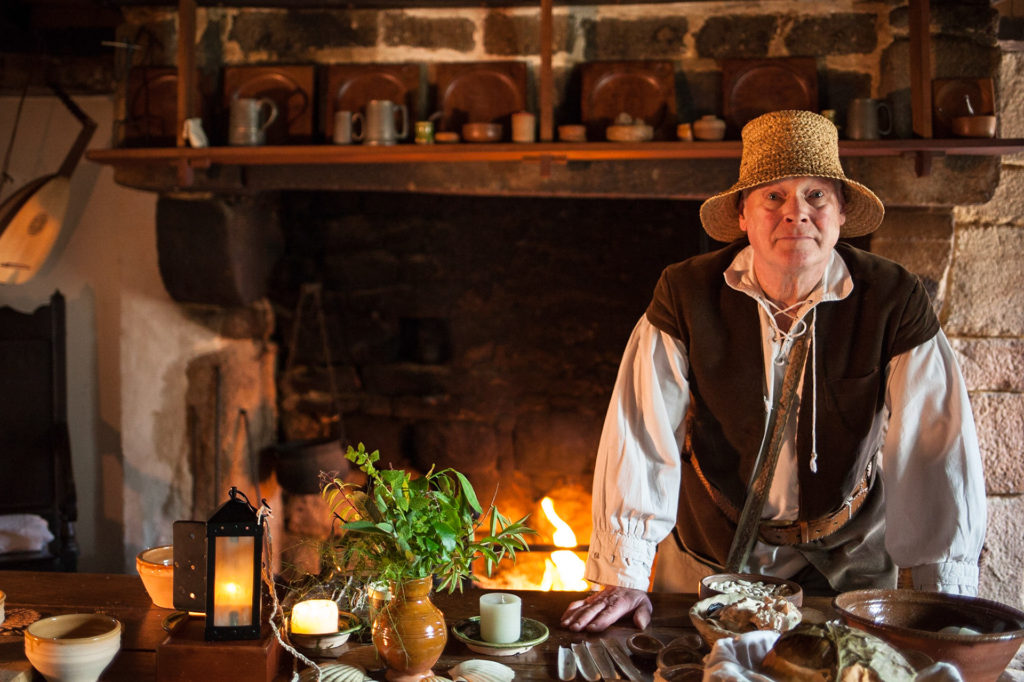

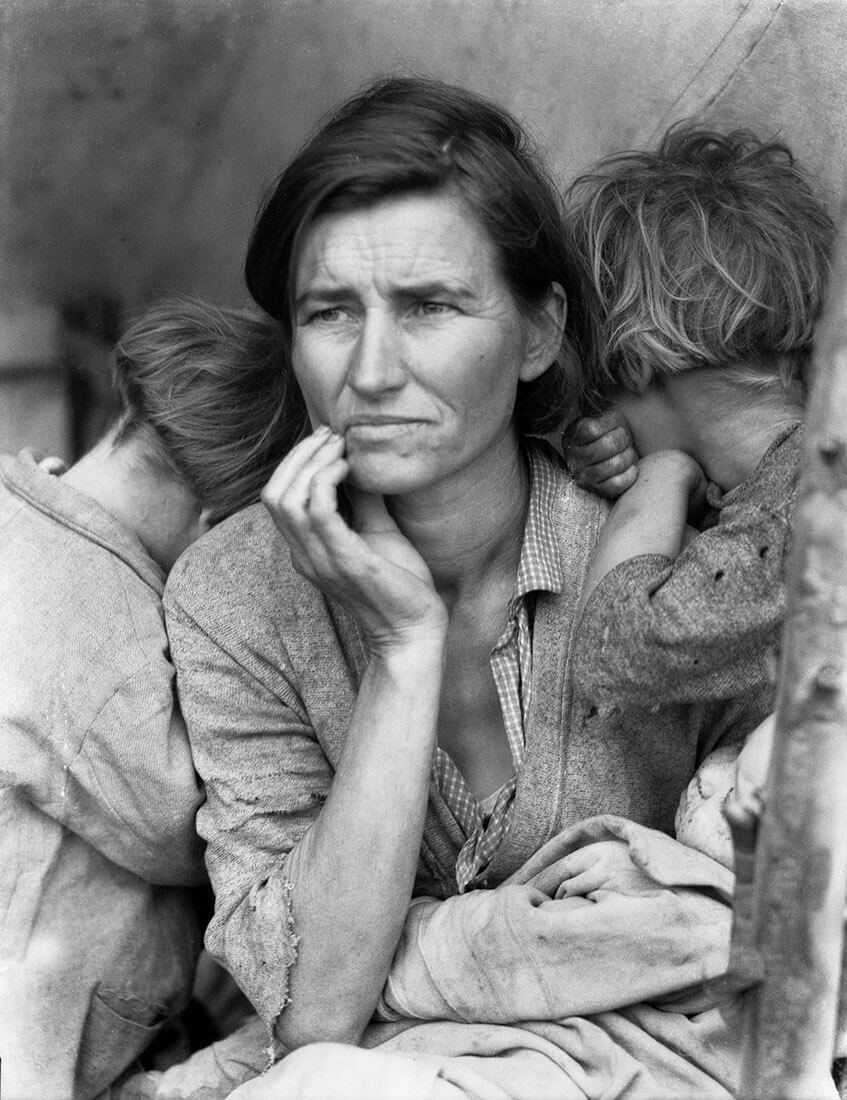



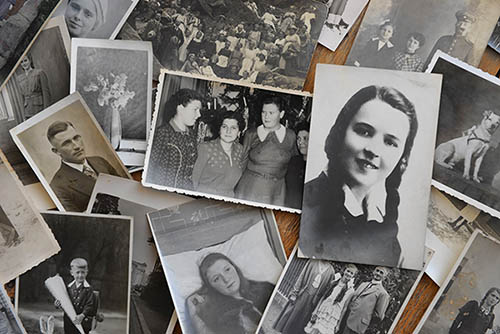
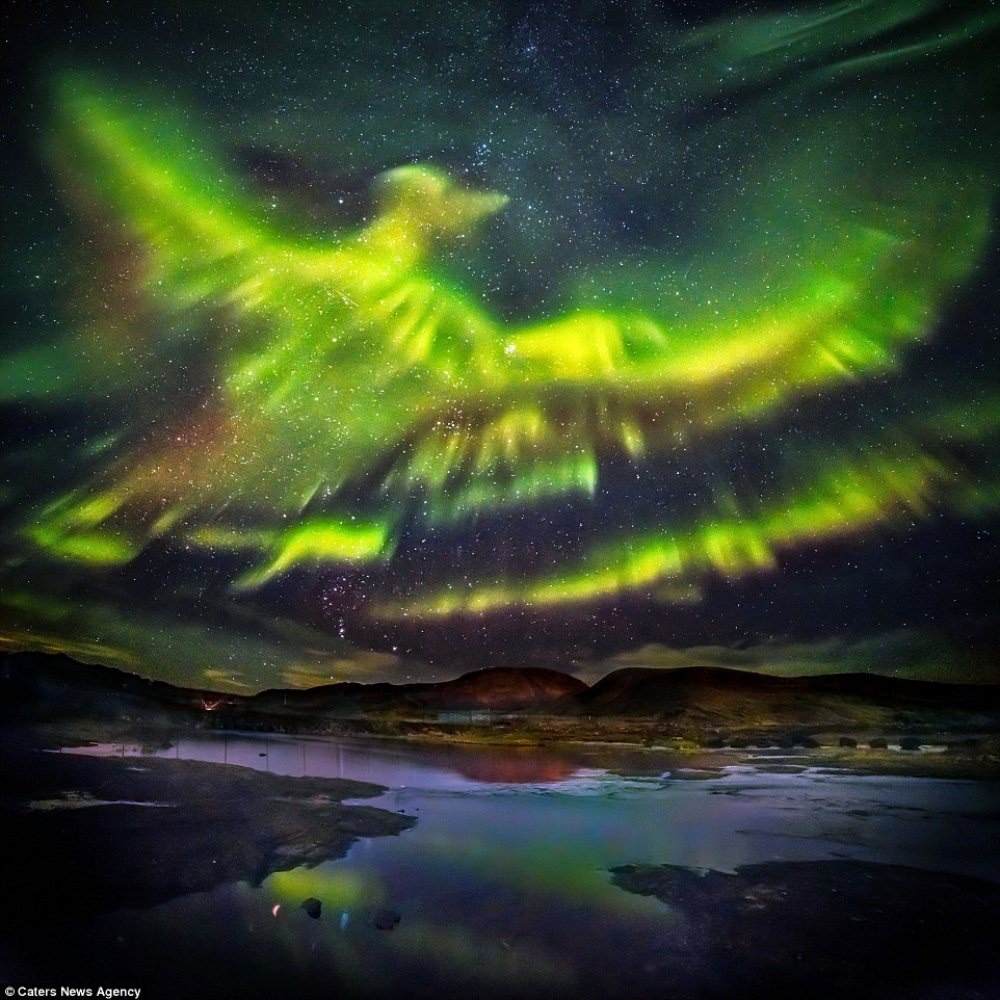


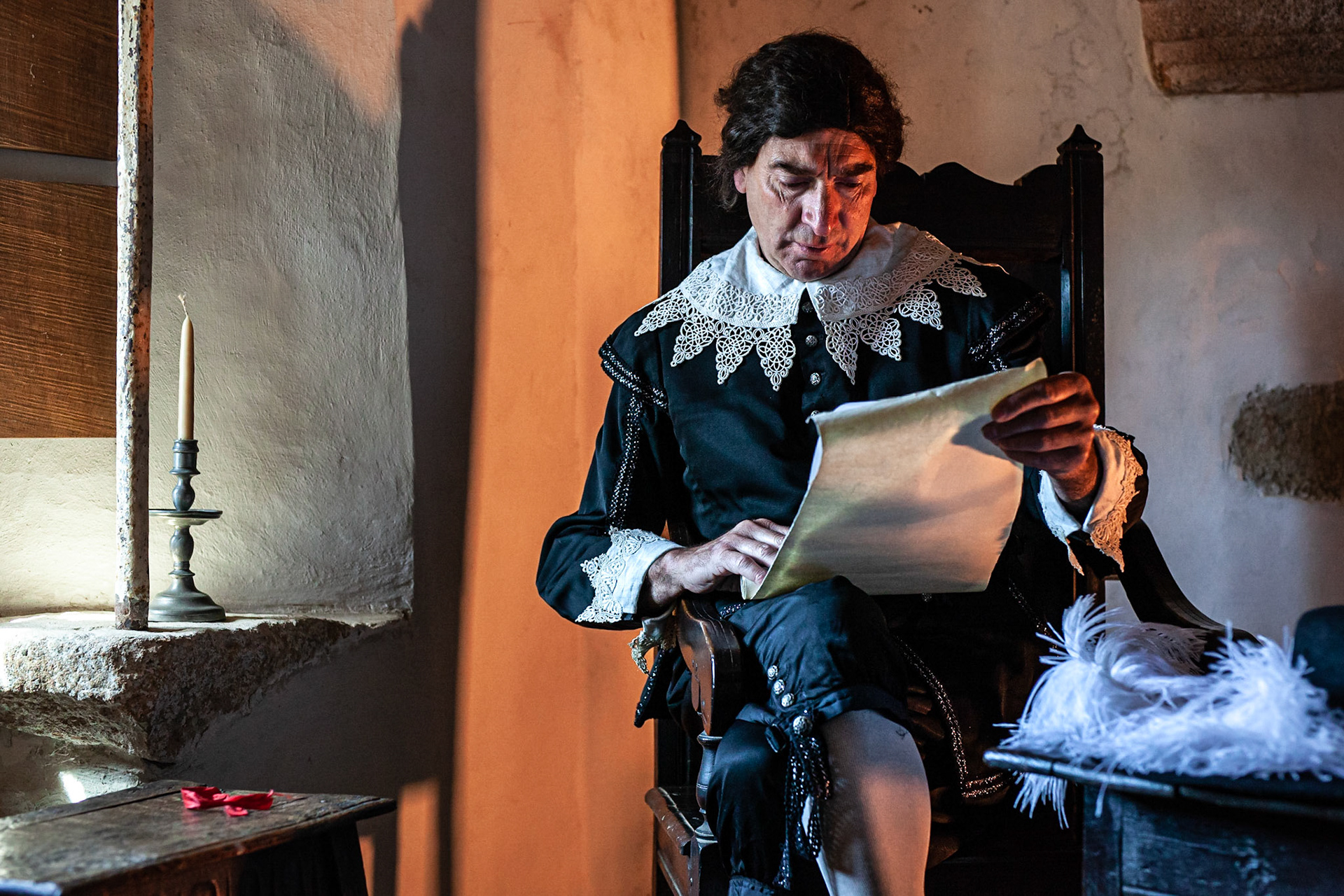
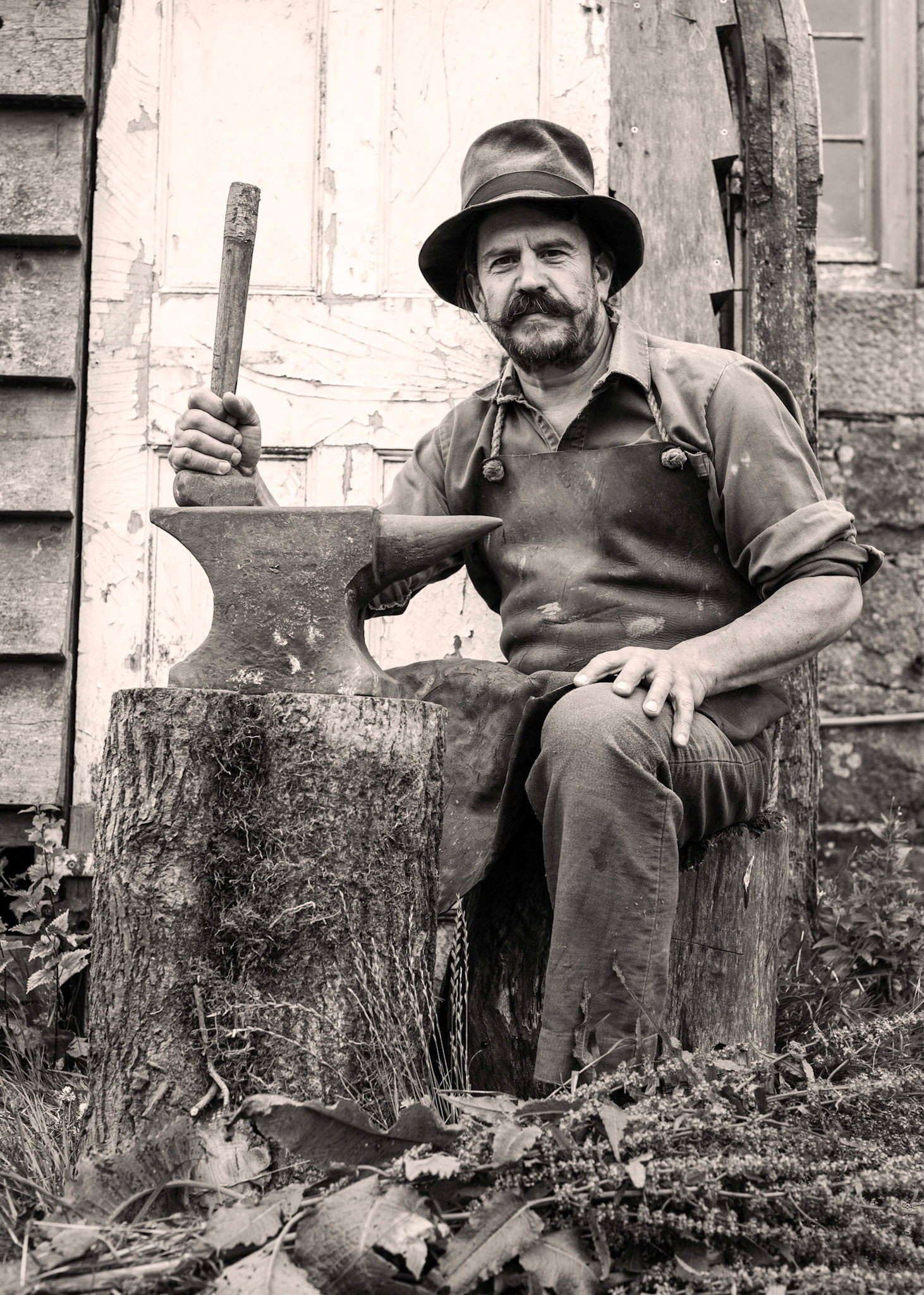



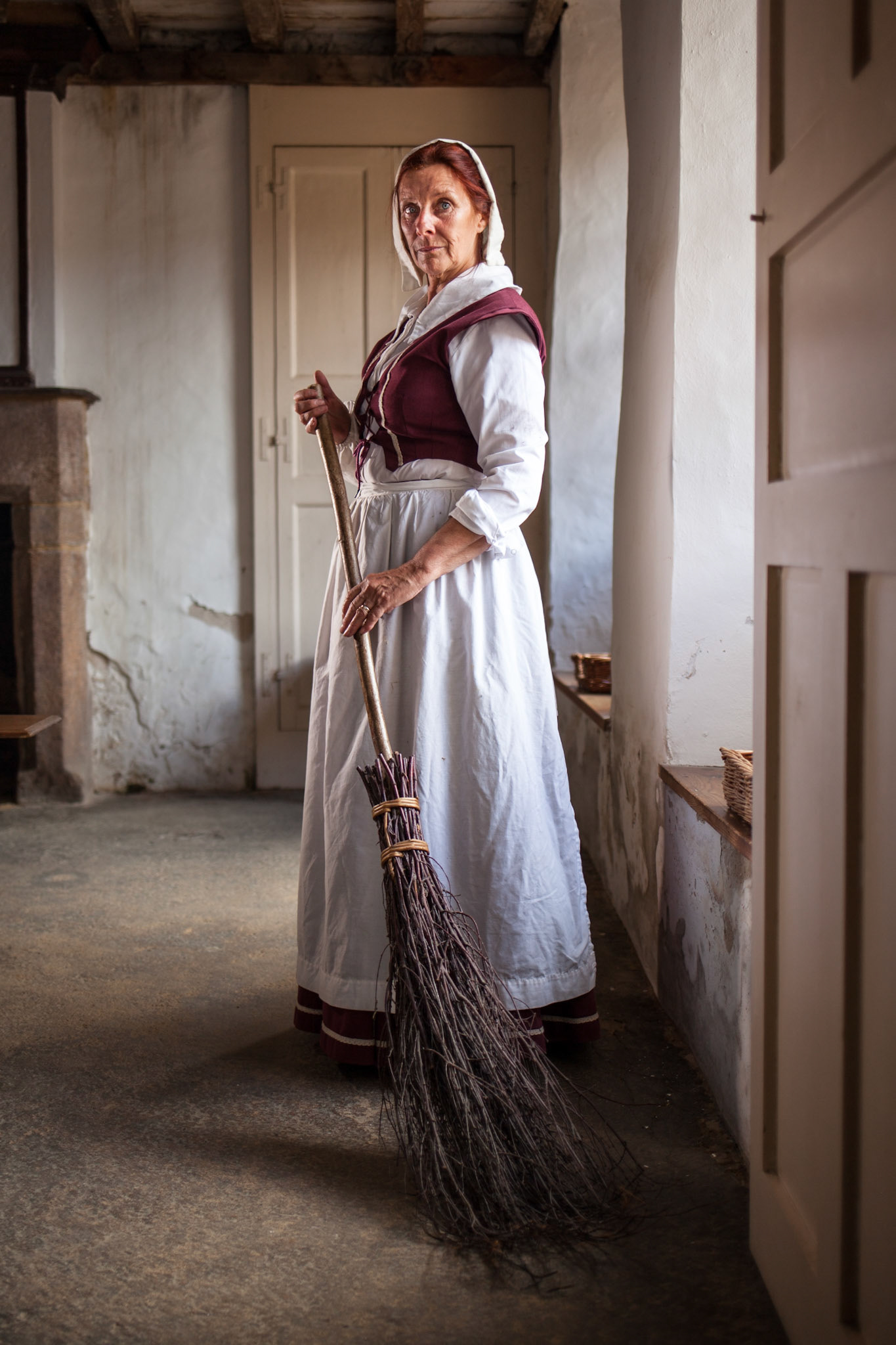
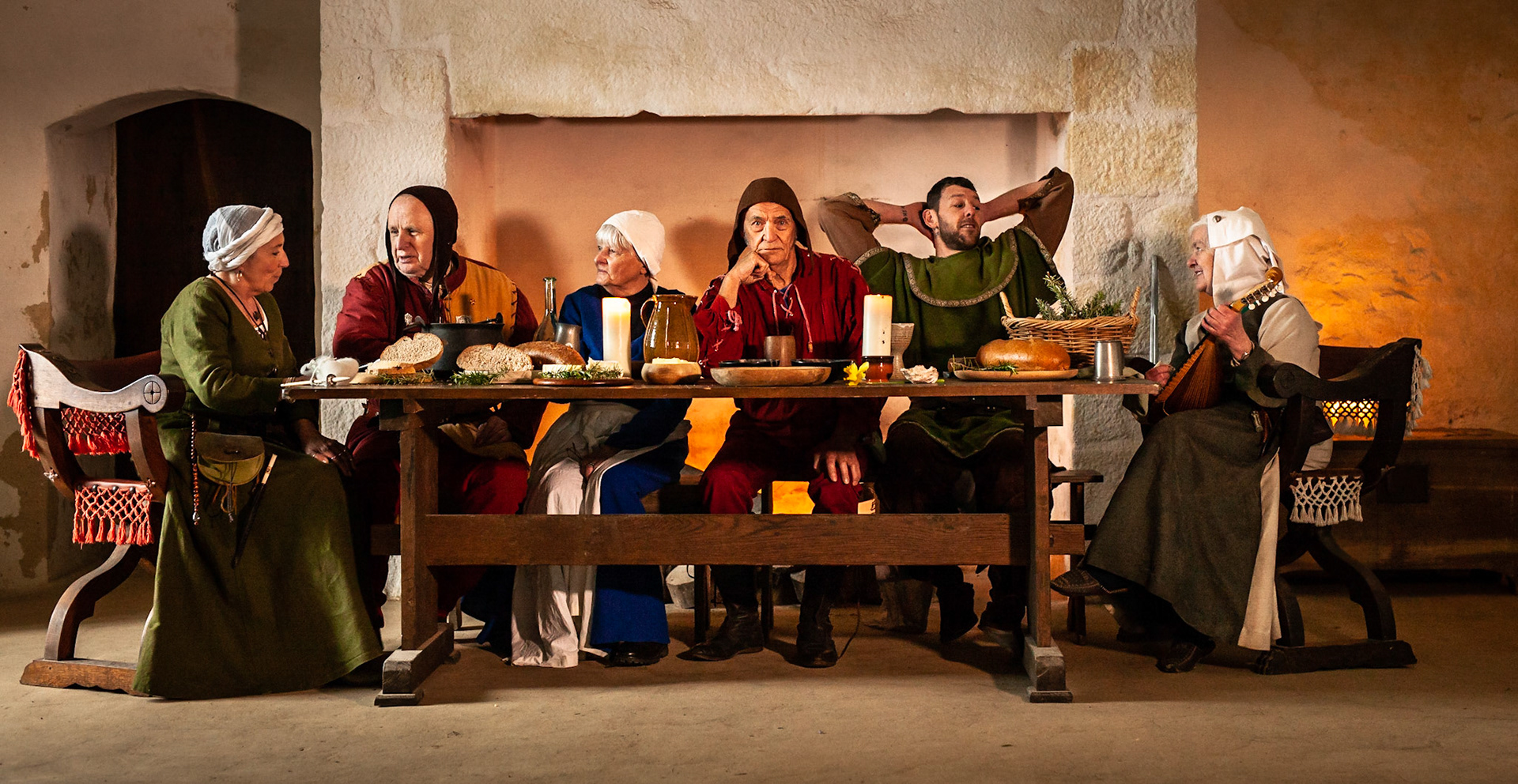
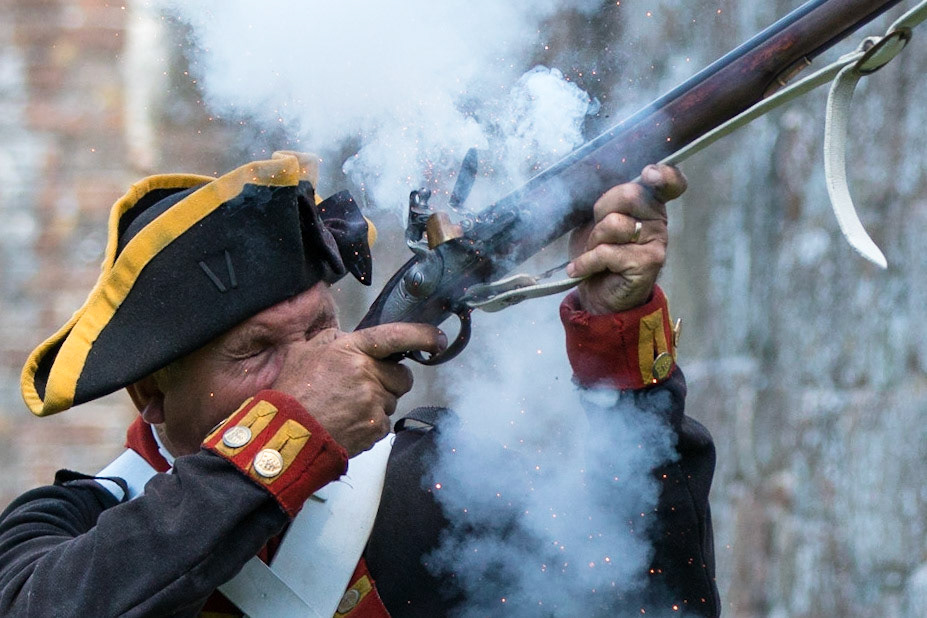
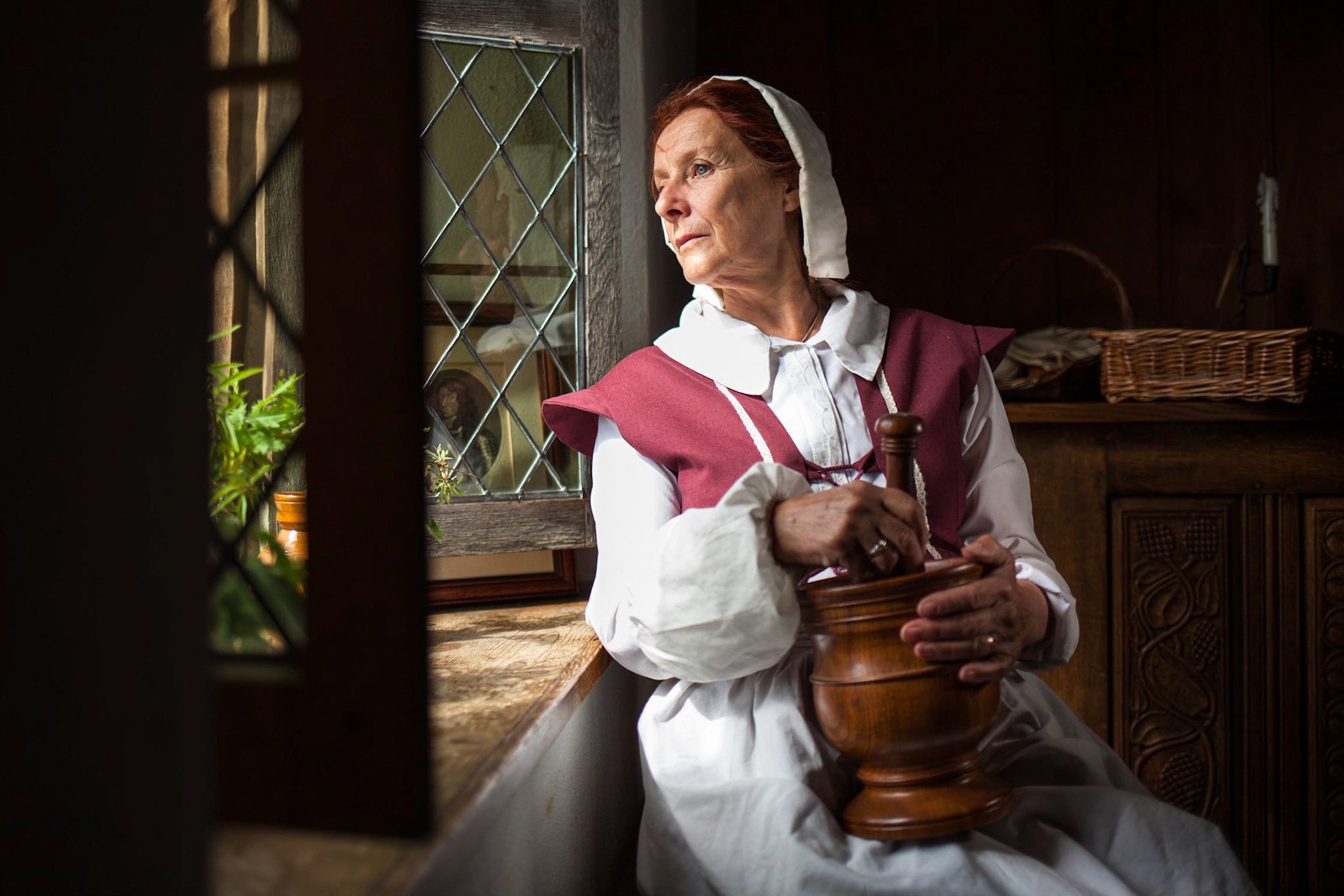
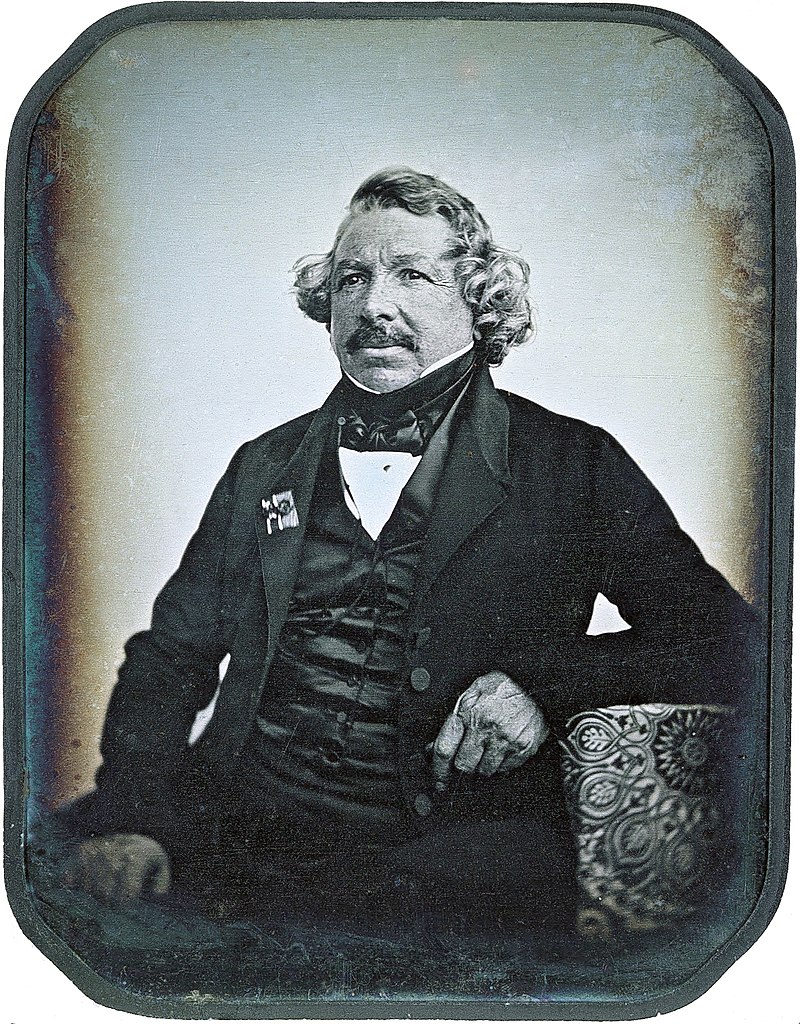
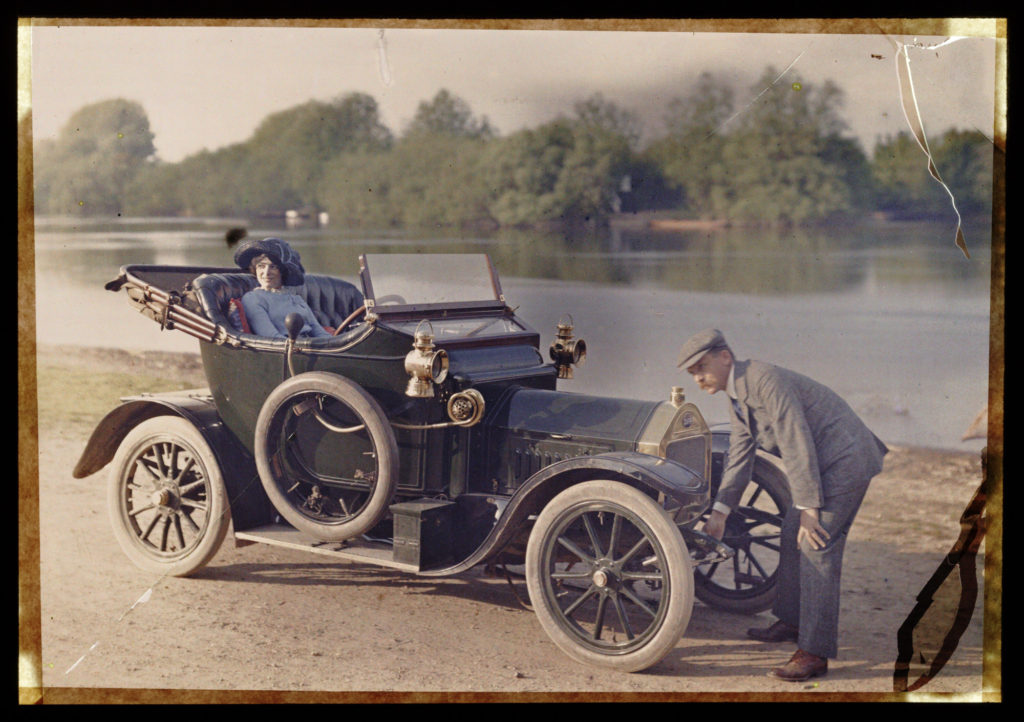
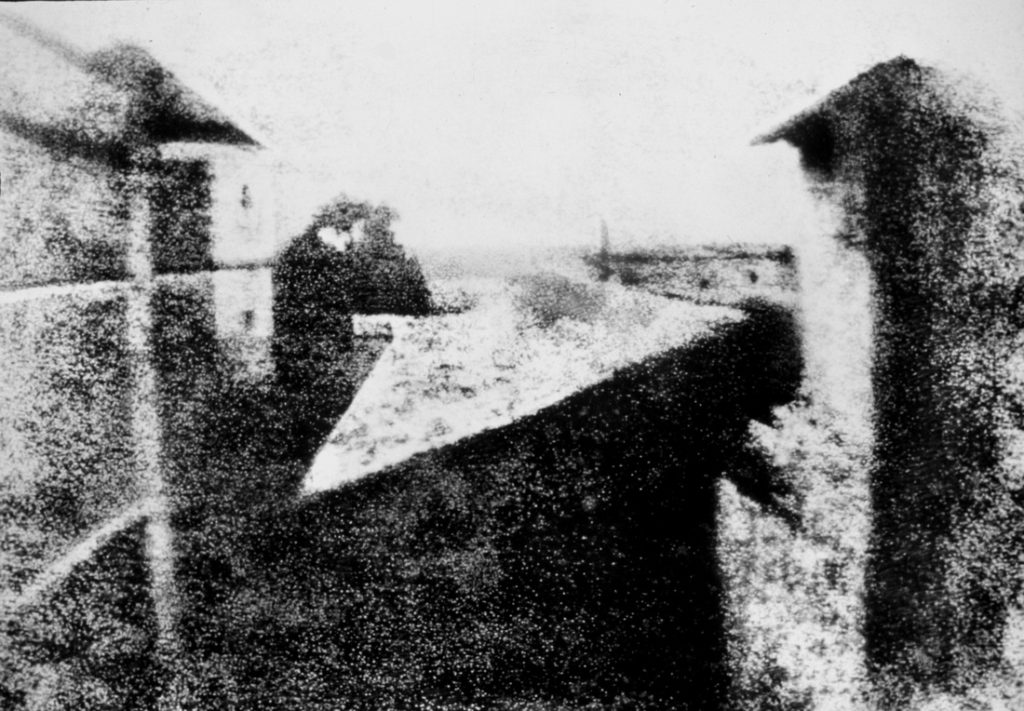
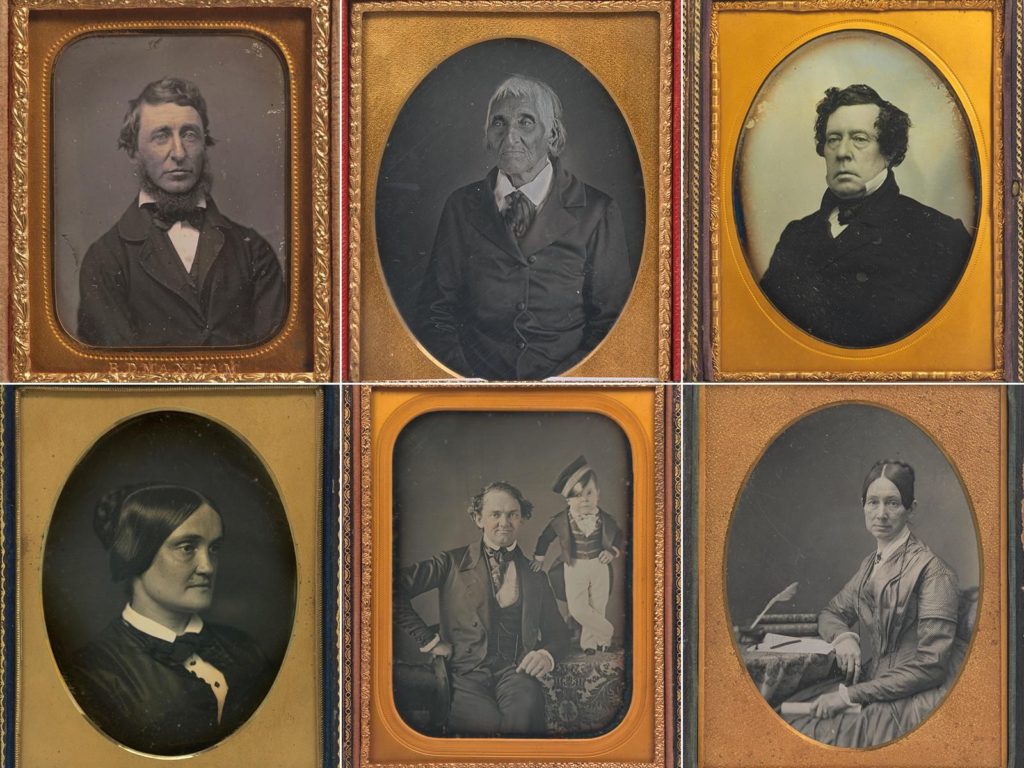
 Henry Fox Talbot – Latticed Window, 1835
Henry Fox Talbot – Latticed Window, 1835